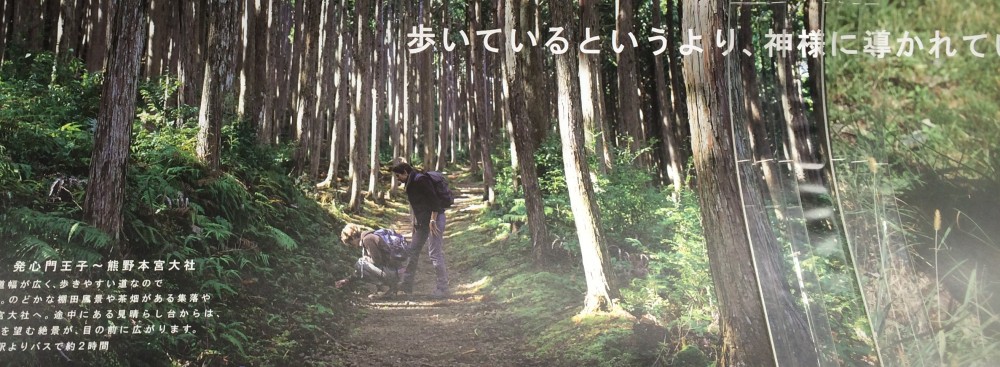“The classroom is obsolete,†proclaims futurist architect Prakash Nair in a recent article about how modern schools should be redesigned. The world today is very different from the Industrial Revolution era when many of our classrooms today were designed.
Thinking back over my most memorable and content-rich learning experiences, most of them took place outside of the physical classroom during well-scaffolded field trips and all of them were significant because I was completely invested in the learning activity. Although I spent most of my time in within the four walls of a physical classroom, it seems that most of the learning occurred elsewhere.
Prakash Nair is an architect who designs environmentally-friendly learning spaces. His projects are all over the world, with several of them housing thriving learning communities near the city where I grew up in Minnesota. My family built a house near a forest of a hundred acres or so, land that had been set aside as a nature preserve by its owner, railroad magnate, James J. Hill. Portions of this preserve have since been sold off by his grandchildren, but while I was growing up, the forest was my classroom. I learned about the indigenous plants, animals, insects and biomes as I wandered daily though the woods with my Golden Retriever, Cinnamon, by my side. I always thought that a school that embraced the out-of-doors would be an ideal learning space.
So I was intrigued to see that Nair had designed the “School of Environmental Studiesâ€Â next door to the Minnesota Zoo where 11th and 12th grade students interact often with their natural surroundings and through their project-based learning, make positive and constructive contributions to the environment. This all adds up to a compelling motivation to move back to Minnesota so that our daughter might be able to attend this school when she reaches 11th grade.
Another example of a school that does not box its student in is the Australian Science and Mathematics School where students design their own practicals and learn mathematics and science as they explore real concepts and design their own experiments often in conjunction with University scientists.
These schools have student motivation and interest at the heart of their design and function. They take seriously the fact that real learning is student-motivated and tends to extend out into the post-secondary education world of life-work.
The Horizon Report, which attempts to summarize where technology is taking the world of education also confirms the value of self-motivated learning.
As one of the “mega-trends†in the report states:
- There is a rise in informal learning as individual needs are redefining schools, universities, and training. Traditional authority is increasingly being challenged, not only politically and socially, but also in academia — and worldwide. As a result, credibility, validity, and control are all notions that are no longer givens when so much learning takes place outside school systems.
So an educational system that provides competent resources and opportunity for collaborative, student-driven learning is becoming more and more valuable in our well-connected, resource and information-rich world.
It seems as if the teacher is taking on a role as more of a guide and mentor to help students find their own areas of interest and expertise. As knowledge increases exponentially, it seems that there is a value in students being able to hone in early on their intended area of expertise. The quicker they master the foundational knowledge of one subject, the faster they can build on that previous knowledge and take it even further.
Letting our students out of the box of the traditional school structure is frightening for some who feel a need to control most aspects of a student’s learning. But students do not learn best when knowledge is forced upon them. They learn best and most authentically when the learning is something that they chase after and discover for themselves. The resources for student-driven learning are now abundant and growing. Schools can now find their worth in how well they bring the tools and learning opportunities to their students and how well they ready them for the rigors of real-world work and innovative thinking.





I enjoyed reading about the authentic learning opportunities that you found. Like you, I grew up on the edge of a forest which offered abundant opportunities to explore and learn. I think your post helps to explain the attraction of programs like Outward Bound in which students are learning by doing rather than learning by hearing. This sounds like a liberating approach for charter and independent schools to take.
How can we bring this approach to public schools, especially now that both state-mandated and college prep tests, like IB, AP, and GCSE, are increasingly perceived as accurate measures of success? How do international schools persuade university admissions officers that students who have grown up in this exploratory environment are as capable as those students prepared by traditional means?
I am fascinated by these new models of schools and I love how they can resonate with those of us who went to schools in traditional ways. And I really appreciate your link to Prakash Nair. Are you planning on redesigning your library?
Very cool! I just completed writing this post (http://www.iamjamie.me/2012/06/03/a-greener-shade-of-school/) a day or so ago and then happened on your own, quite similarly themed one. I guess as an elem teacher I always default to looking at ways these sorts of environmental programs can be designed and implemented for little people. But it’s really interesting to see the way you’ve taken a look at concepts for HS age students as well… I guess there are sort of two parts to the question for me. If we believe our schools need more of this, how do we embed it in our existing teaching and learning in our existing environments? And second, how do we re-invent these environments to put the dated elements of the conventional classroom to rest?
Thanks for the post!